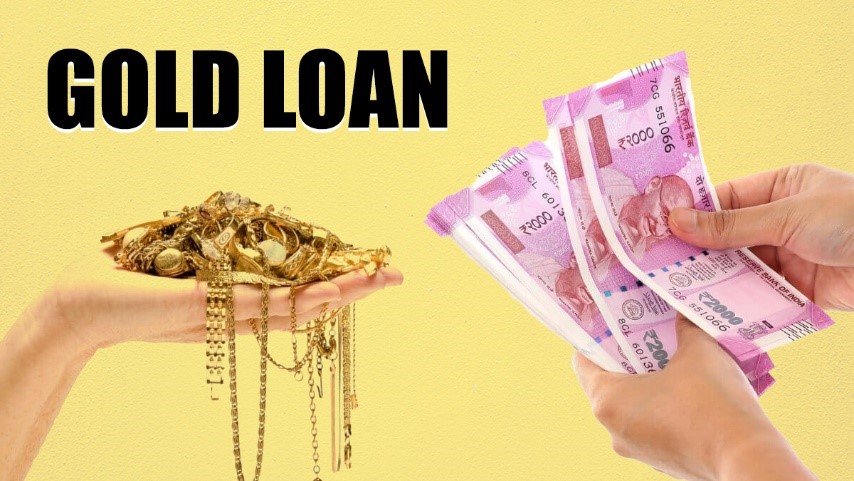Free Courses Sale ends Soon, Get It Now


Free Courses Sale ends Soon, Get It Now



Disclaimer: Copyright infringement not intended.
Context
All about NBFCs: https://www.iasgyan.in/blogs/nbfcs-and-its-types
What are the RBI’s gold loan norms?
The Reserve Bank of India (RBI) has set specific guidelines for gold loans:
Note: It should be noted that the RBI had temporarily allowed lenders to make loans up to 90% of the value of the underlying gold collateral during the pandemic to help borrowers, and this also helped NBFCs expand their loan books aggressively. However, this higher limit expired in March 2021.
The RBI is also working on more detailed guidelines for gold loans to ensure stricter compliance.
Why does the RBI want to reinforce these norms now?
|
LTV (Loan-to-Value) Ratio for Gold Loans:
LTV = Loan amount / Market value of the collateral
|
|
PRACTICE QUESTION Q. Consider the following statements regarding the Loan-to-Value (LTV) ratio for gold loans: 1. The value of the gold used as collateral is based on the purchase price, including making charges and the value of any precious stones. 2. The gold rate used to calculate the loan amount is always based on the current market rate. 3. The Reserve Bank of India (RBI) allows banks to lend up to 90% of the value of the gold jewelry pledged as collateral. Which of the statements given above is/are correct? A) 2 only B) 1 and 2 only C) 2 and 3 only D) All Answer: A) 2 only |
© 2024 iasgyan. All right reserved